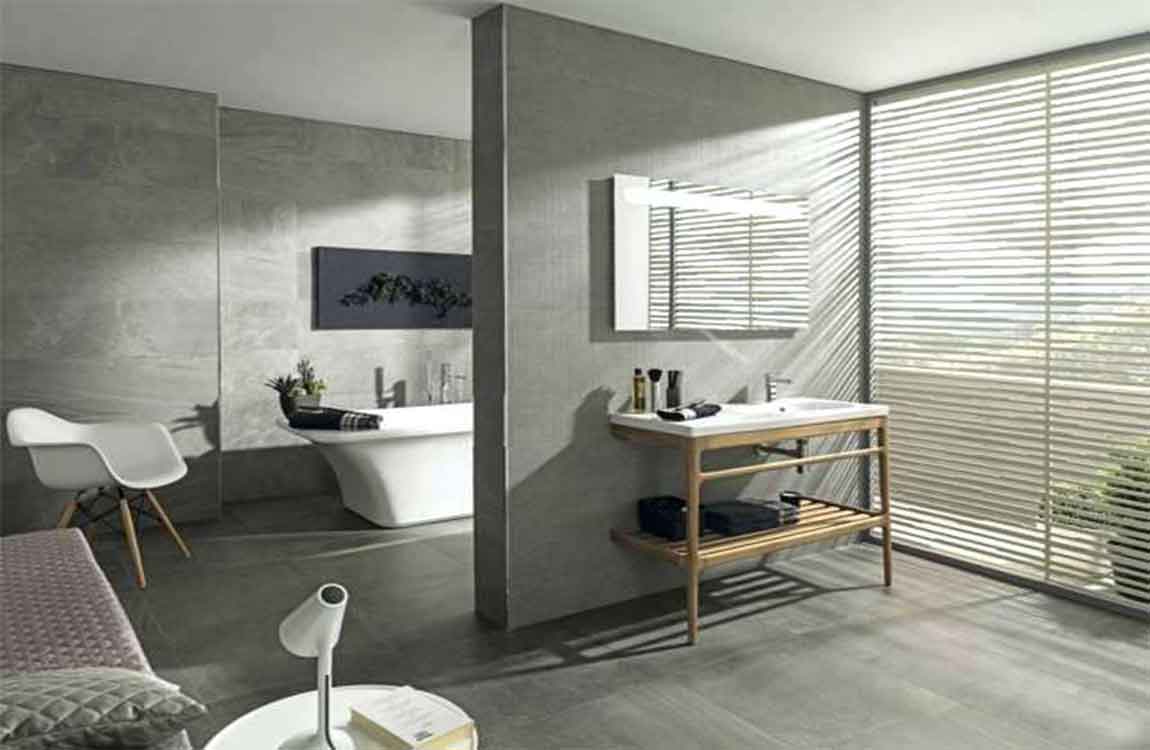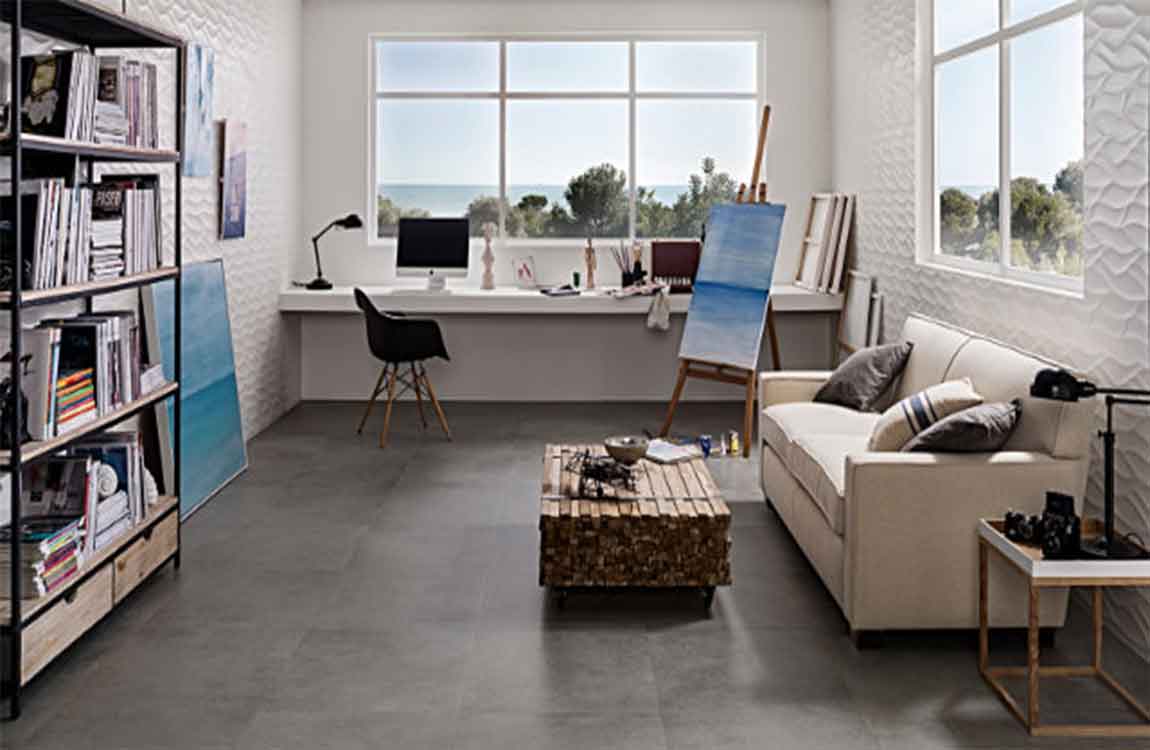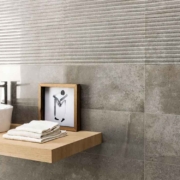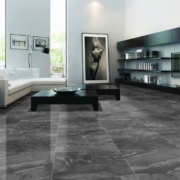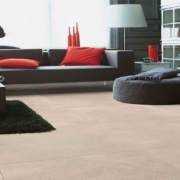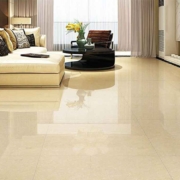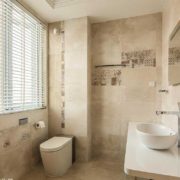How Eliminate mortar voids?
A typical ceramic tile installation involves spreading a thin-set mortar on the surface with a notched trowel, then pressing the ceramic tile into the mortar to collapse the ridges and improve contact between the tile and mortar. Unfortunately, this practice can leave many voids in the mortar behind the tile.
While this would not be a concern with opaque ceramic tile, the randomly distributed air pockets or voids may be visible through clear or translucent glass. The mortar should still be spread with a notched trowel onto the substrate, but it should also be spread (back-buttered) in an even, thin film onto the back of the glass tile.
Now, when the two mortared surfaces are pressed together, the back of the tile is already covered, so any remaining voids from the mortar ridges are hidden and do not show through the glass tile. Keep in mind that standard thin-set mortars can shrink and pull away from the tile, causing voids and air bubbles during the curing process, so make sure that the mortar resists shrinkage too.
Tape the sheets to the tiles, then trace and scribe the cut lines. When all the paper templates are just right, tape each one to a tile and use a pencil to transfer the cut pattern. After that, remove the paper and use a tile scribe to score 0.125 in (0.32 cm) deep lines into the tiles, tracing right over top of the pencil lines.
Tile scribes can look like thick pencils or come in other shapes. Look for them at hardware stores or online. Remove the unneeded tile with tile nippers. Slowly and carefully squeeze the handles to snip away small “bites” of tile from the sections that need to be removed. Turn your small “bites” into tiny “nibbles” as you get to the score lines. If you try to snip off too much, you risk breaking the tile and having to start over.




